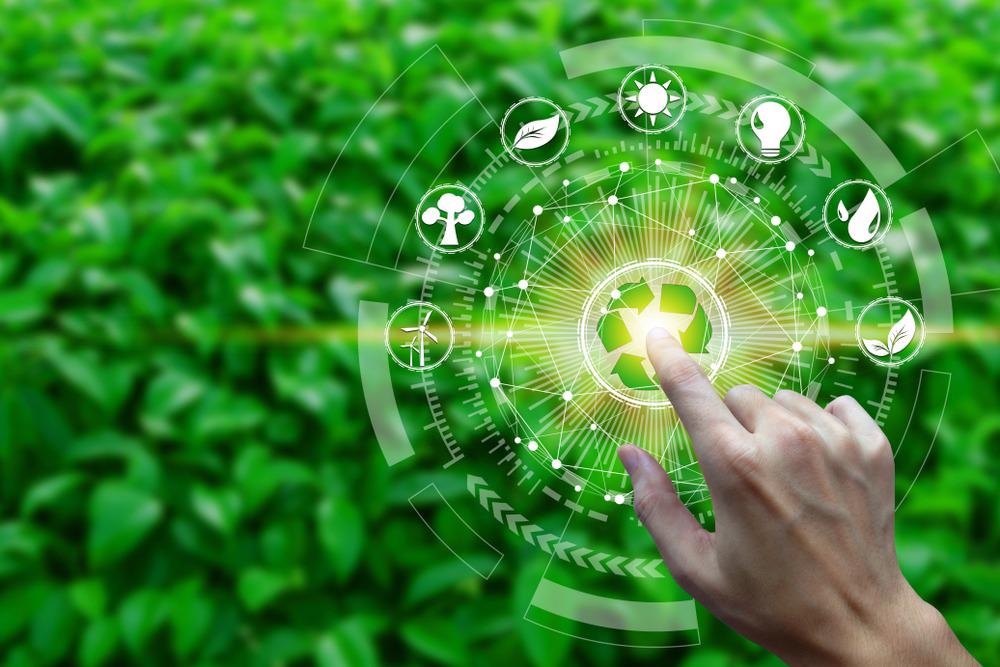Carbon emissions from the global agricultural industry
The global agricultural industry is a significant contributor to greenhouse gas emissions, and, therefore, drastic changes to agricultural processes must be instated to help the world meet the climate change goals of the Paris Agreement, which aims to limit the rise of global temperatures to 2°C by the end of the century (preferably 1.5°C).
Recent figures from the IPCC's Special Report on Climate Change and Land (2019) states that around 8.5% of the world’s greenhouse gas emissions are associated with agriculture, and a further 14.5% are attributed to the changing use of land as farmers acquire new areas to farm on (most of these emissions are linked to deforestation used to clear land for farming).
While these emissions need to be drastically reduced, the current state of affairs shows that they are on the rise. Between 1990 and 2010 emissions from global agricultural practices rose by 8%. These figures are predicted to continue to rise by 15% from 2010 to 2030, equating to roughly 7 billion tonnes of emissions each year.
The world’s increasing population and rapidly expanding urbanization and dietary changes are leading to a rise in demand for food, which the agricultural industry is struggling to meet. There will be another 2 billion people living on our planet by 2050, and the agricultural industry as it currently stands is not equipped to feed them.
Sustainable agriculture offers a way to both reduce greenhouse gas emissions as well as promote future food security. Here, we discuss what sustainable agriculture is, how it can reduce emissions, and what new technology is being leveraged to do this.

Image Credit: laymanzoom/Shutterstock.com
What is sustainable agriculture?
Sustainable agriculture describes agricultural practices that are designed to protect the environment, reduce or eliminate greenhouse gas emissions, enhance soil quality and fertility to protect future crop yields, and expand the Earth’s natural resource base.
Overall, sustainable agriculture aims to: increase the production of food for human consumption while reducing the emissions associated with it; increase profitable farm income to protect farmers, their families, and their communities; protect and enhance the Earth’s potential to produce food for years to come.
How will sustainable agriculture reduce emissions?
The adoption of sustainable agricultural processes offers a great opportunity to reduce the amount of greenhouse gas emissions associated with the agricultural industry. Emissions in this sector are mostly related to the raising of large amounts of livestock, such as cattle, sheep, and goats, which produce methane (CH4) emissions due to enteric fermentation (flatulence); soil nitrification and denitrification, which produces nitrous oxide (N2O) emissions; and manure decomposition, which generates large amounts of nitrous oxide emissions. Additionally, the use of machinery and vehicles for the transportation of produce is also linked with greenhouse gas emissions.
Practices that address these issues are a key focus of sustainable agriculture. Emissions can be reduced by altering these processes to reduce or mitigate the release of the various greenhouse gases associated with traditional farming processes.
The role of smart technology in sustainable agriculture
Experts have determined that the agricultural sector is currently going through its fourth technological revolution (known as Agriculture 4.0), with the integration of smart technologies (e.g. artificial intelligence [AI]) robotics, sensors, cloud computing, and the Internet of Things (IoT) advancing the capabilities of the industry, particularly, boosting its productivity and reducing its carbon footprint.
With these technologies, farming has the potential to change beyond recognition and usher in the age of sustainable agriculture. Currently, Agriculture 4.0 is seeing the use of smart farming technologies to increase the precision of applying fertilizers, pesticides, and herbicides.
Optimal planting times are being carefully calculated by software such as Microsoft's Cortana Intelligence Suite, enabling countries like India and Colombia to enhance their crop yields and reduce food spoilage and waste. Drones are being utilized to facilitate weed identification, as well as gather and analyze data relating that can indicate droughts or overwatering. Robots are being leveraged to milk cattle and remove weeds.
Sensors are also playing a vital role in the establishment of sustainable agriculture. Sensors that measure air temperature and pollution, soil moisture, the orientation of crop growth, sunlight, and other factors vital to the growth of healthy crops are being implemented and connected to the IoT to provide real-time data, as well as initiate actions that promote tailored conditions for different crops to ensure they reach their optimal growth and quality.
Countries around the world are investing significant sums of money in these technologies, the UK, for example, recently announced that it would be investing £90 million towards generating a “technical revolution” that aimed to transform food production in the country and put it at the front of the sustainable agriculture space. Greece, Japan, and Australia are other countries that have made similar commitments.
The future will likely bring further technological advancements that will support the growth and development of sustainable agriculture. Further financing commitments from global governments are also expected to encourage the adoption of sustainable practices, helping to reduce the emissions associated with agriculture and address the global food security issue.
Why Sustainable Farming Matters: Dean Carlson at TEDxPhoenixville
Sources:
- Brodt, S., Six, J., Feenstra, G., Ingels, C. & Campbell, D. (2011) Sustainable Agriculture. Nature Education Knowledge 3(10):1. www.nature.com/.../
- Farming for a Sustainable Future. [Online]. The Nature Conservancy. Available at: www.nature.org/.../ (Accessed 11 October 2021)
- Rose, D. and Chilvers, J., 2018. Agriculture 4.0: Broadening Responsible Innovation in an Era of Smart Farming. Frontiers in Sustainable Food Systems, 2. https://www.frontiersin.org/articles/10.3389/fsufs.2018.00087/full
- Stephen Russell. (2014). Everything You Need to Know About Agricultural Emissions. [Online]. World Resources Institute. Available at: www.wri.org/.../everything-you-need-know-about-agricultural-emissions (Accessed 11 October 2021)
Further Reading